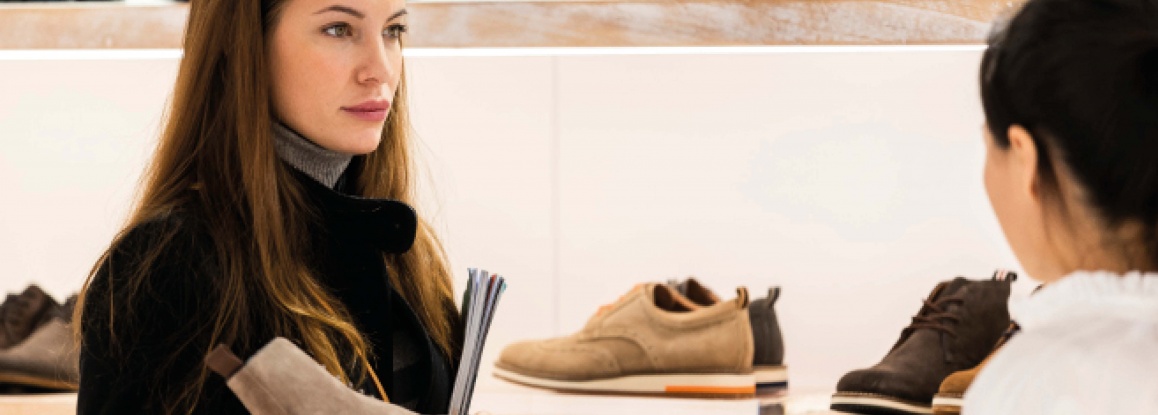The crisis triggered by the Coronavirus pandemic has created an extremely volatile scenario which has hit the retail sector hard. With physical shops closed and the majority of consumption reduced to a bare minimum by lockdown and a feeling of uncertainty, retail brands have found themselves having to face an unprecedented situation, which will demand an adequate response in the post-Coronavirus era too.
New priorities and new purchasing behaviour adopted by consumers during quarantine will act as a guideline for the coming season, and are likely to last well beyond 2020, even when the current restrictions have been lifted. It is therefore important to exploit purchasers’ new attitudes, starting with those that are ‘digital first.’ With stores closed and the resulting explosion of e-commerce, (adopted rapidly especially amongst female buyers between the ages of 55 and 74), consumers have shown new buying habits, such as the selection of fewer, but more costly items.
The 40+ female category tend to buy shoes, sunglasses and jewellery in shops, whereas they prefer to buy boots and tennis shoes online. But the focus on digital will be crucial in the future too, which is why it is important to strengthen all forms of virtual input and the most pertinent online messages and focus, today, on practical, functional items. Face masks, bags, rucksacks and tennis shoes have seen an increase in sales during the spring and summer of 2020, while hair accessories, jewellery and glasses have suffered a decrease, with the same scenario likely to recur in autumn/winter 20/21.
The sales have helped to create margin, but the interruption to the supply chain and cancelled orders have led to a drastic fall in new arrivals. New ranges have dropped by 26% in the UK and 28% in the United States, with the drop spread evenly across clothing, footwear and accessories in the UK, but more pronounced in the accessories market compared to footwear in the States (-31% and -18% respectively). Accessory statistics are slightly more positive with a reduction of 44% in the UK and 48% in the United States, 7 or 8 per cent higher than in the previous year. Glasses, hair accessories and jewellery have seen the biggest drop and the more extravagant styles have lost market share to more practical items, but there isn’t a single sector that has escaped the discounts.
Sneakers are enjoying a period of growth and sports shoes continue to compete with shoes for evening wear, a current trend, but one which had already kicked off before the pandemic. Sandals increased their share in the States by 3% but are still suffering overall, as are boots, losing 0.5% in the UK.
Consumers have been opting for safe colours, with white and neutral shades being the winners and always in fashion. Black is in second position in the luxury retail arena and shades of pink have seen a comeback, especially in sandals. Green bags have seen an increase of 93% in terms of sale at full price in the UK, even though they only account for 4% of the total. But the online bag shopping has been badly hit by this stay at home period. With all the uncertainty attached to the pandemic during the summer season, sales of straw and raffia articles has been dealt a serious blow, causing a negative impact on the trend for brown shoes and accessories. But elegant shoes remain the category most seriously affected by the Coronavirus restrictions with hefty discounts and very little interest from consumers, whereas sales of slippers have benefitted the most.


